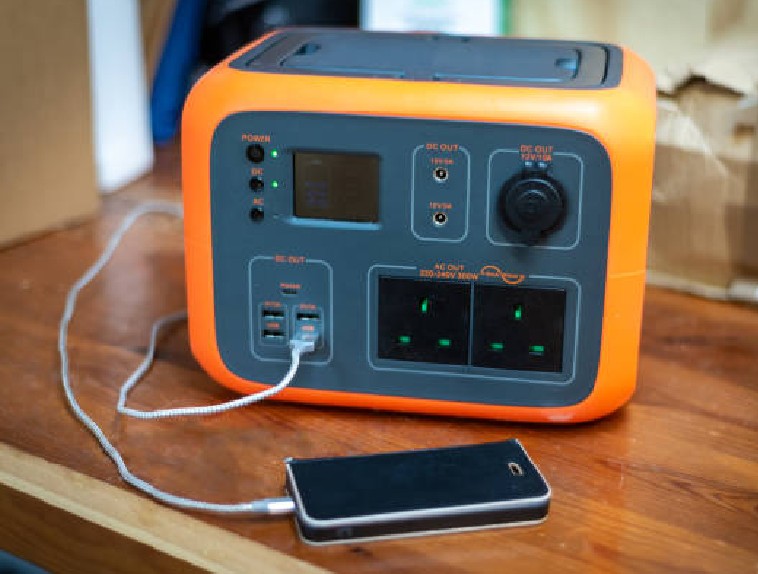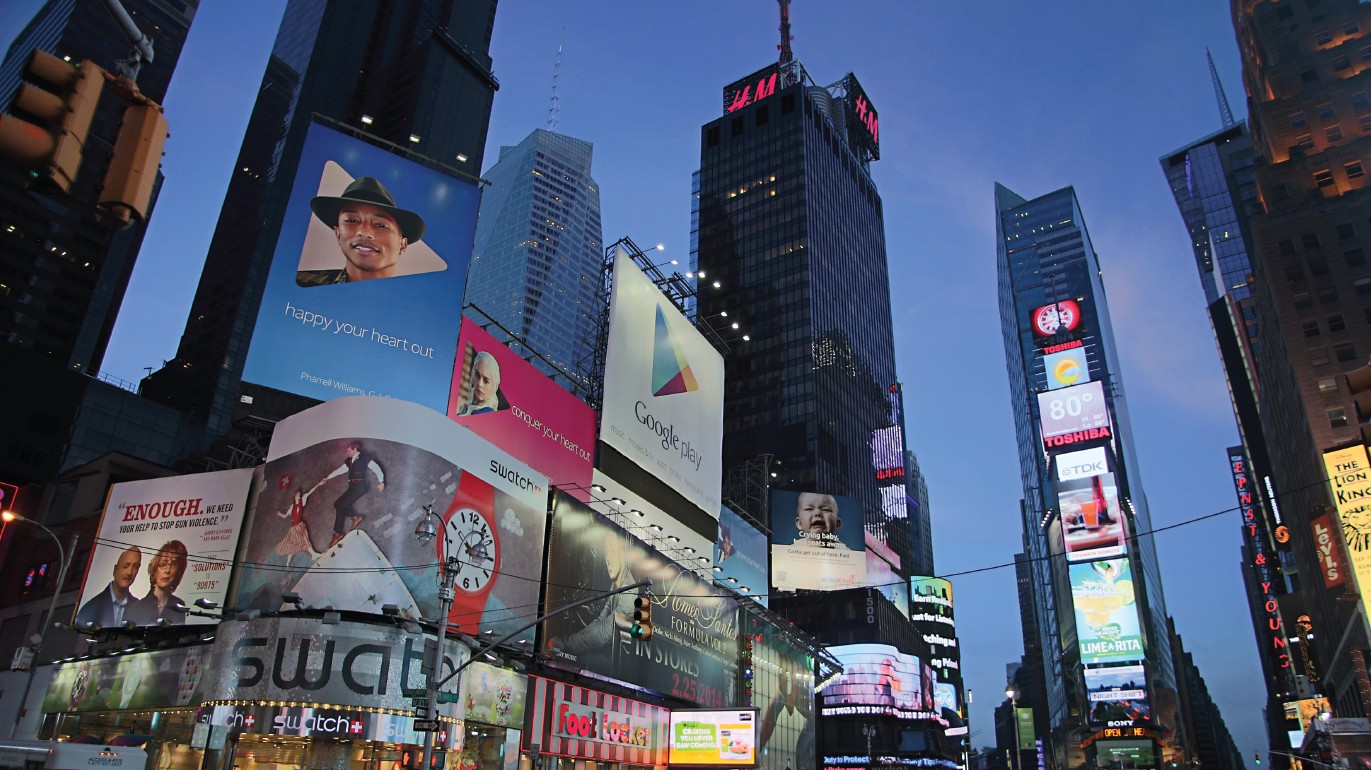Question: Installation instructions
Does UL review installation instructions that are provided with UL certified products? Are they evaluated to make sure they comply with model codes? What codes are they evaluated for compliance with?
Answer
Yes, during Listing and Classification investigations, UL does evaluate the manufacturer’s installation instructions provided with UL certified products. Many UL Standards specify numerous requirements for the content of the installation instructions. UL reviews installation instructions to verify proper content and determine if the product can be installed and operated as intended in accordance with the applicable UL Standards, which are compatible with the installation codes. For electrical products, the National Electrical Code (NEC), NFPA 70, is the applicable code.
The Guide information that proceeds each product category in the UL Product Directories usually identifies the specific(s), as well as articles and sections of the Code when appropriate.
Question: Class 2 circuits
What are the marking requirements for Class 2 circuits for information technology equipment?
Answer
The basic Standard used to investigate products in this category is UL 1950, Standard for Safety of Information Technology Equipment, Including Electrical Business Equipment. Class 2 circuits are marked or identified in the installation instructions with the intended circuit type, cable type or circuit voltage. Otherwise, all nontelecommunication-type output connectors of UL Listed Information Technology Equipment (ITE) are supplied by limited power circuits defined in UL 1950 and recognized as such in the NEC, Section 725-41(a)(4).
Question: Snow melting cable
Recently I came across some snow melting cable for roofs that was C-UL Listed. What does this Mark mean?
Answer
The C-UL Mark with letter “C” outside the circle at the 8 o’clock position means that UL has evaluated samples of the product to Canadian national standards. The UL Mark for Canada may also appear adjacent to the traditional UL Mark, which represents evaluations to national recognized safety standards of the United States.
When both Marks appear on the product, samples of the product were determined to comply with the national safety requirements of both countries. UL has also introduced a Mark that indicates compliance with both Canadian and U.S. requirements, the C-ULUS Mark.
Question: Light fixtures
Is a ceiling-mounted recessed-HID (high-intensity discharge) light fixture installed inside of a shower considered to be in a damp or wet location? What effects would a shower have on the fixture itself as HID lights are known to run hot?
Answer
The AHJ needs to determine whether a location is considered to be damp or wet. The NEC, Article 100 provides guidance for defining a damp or wet locations under the section heading “Locations.” For additional information, see Section 410-4(a), for installation requirements of fixtures in damp or wet locations. The ambient temperature of the shower is unlikely to cause a ceiling mounted recessed fixture to overheat. However, consideration should be given to the location relative to the likelihood of water splashing on the fixture.
A UL Listed wet location fixture is subjected to a rain and/or sprinker testing, as well as a thermal shock test to determine that the lens of the fixture does not break when subjected to splashing water.














Find Us on Socials